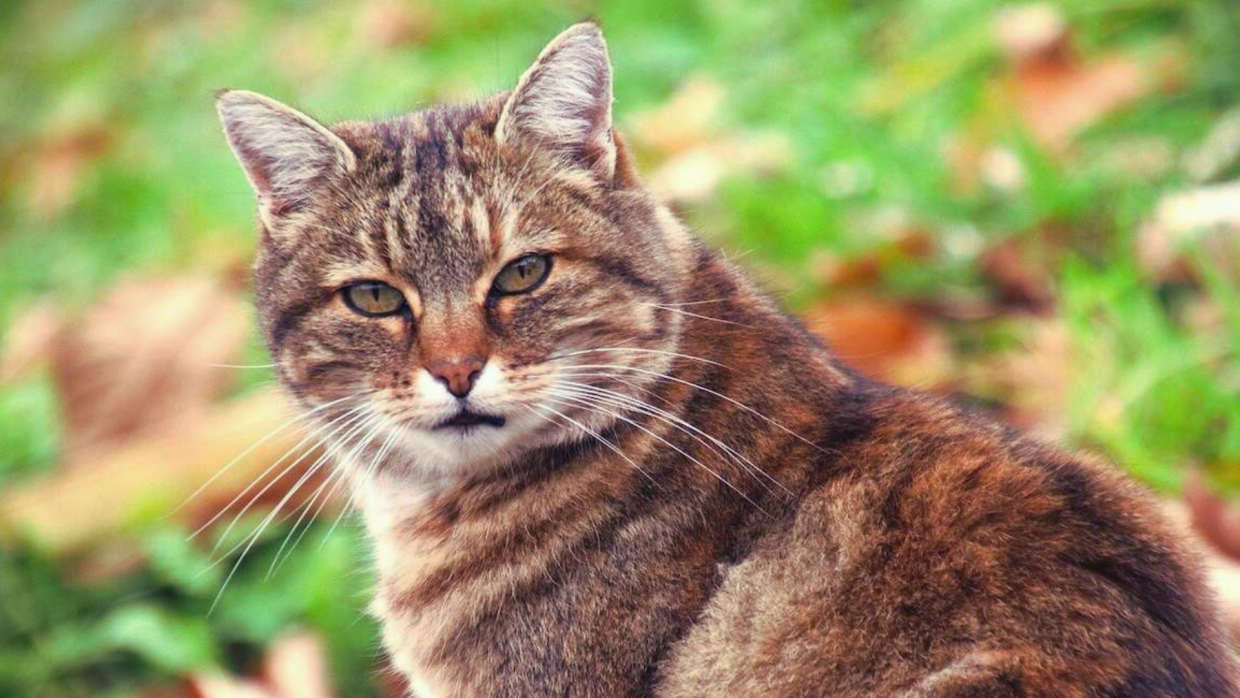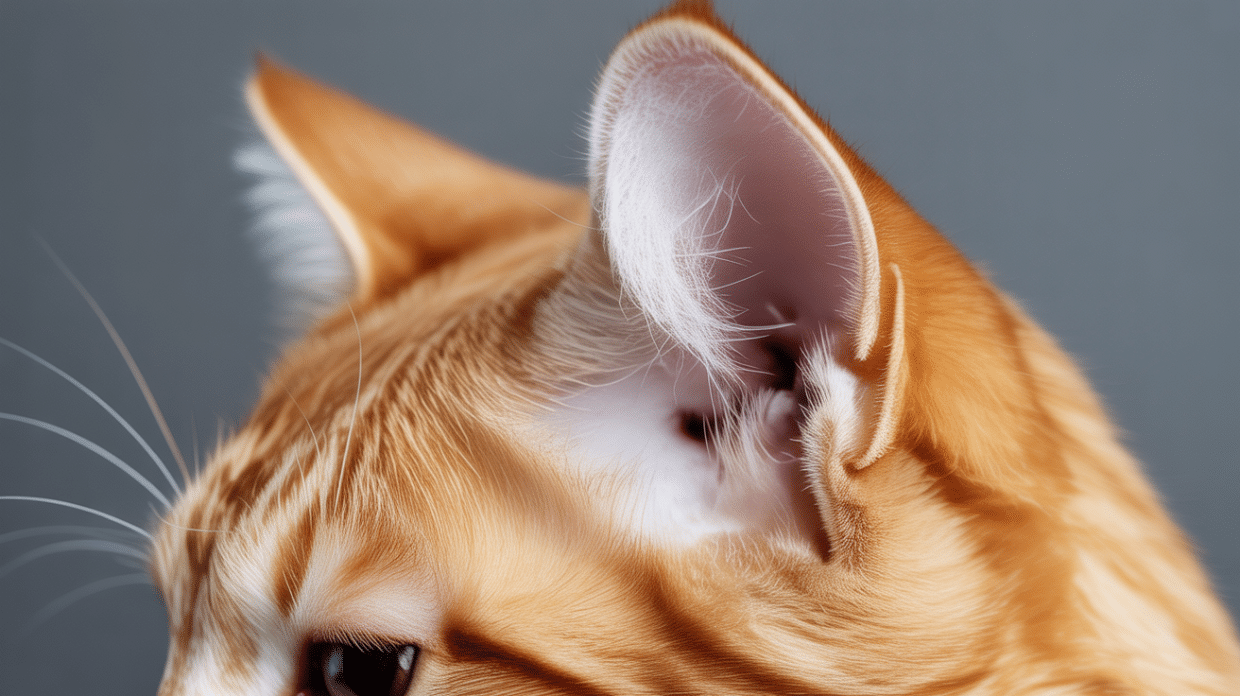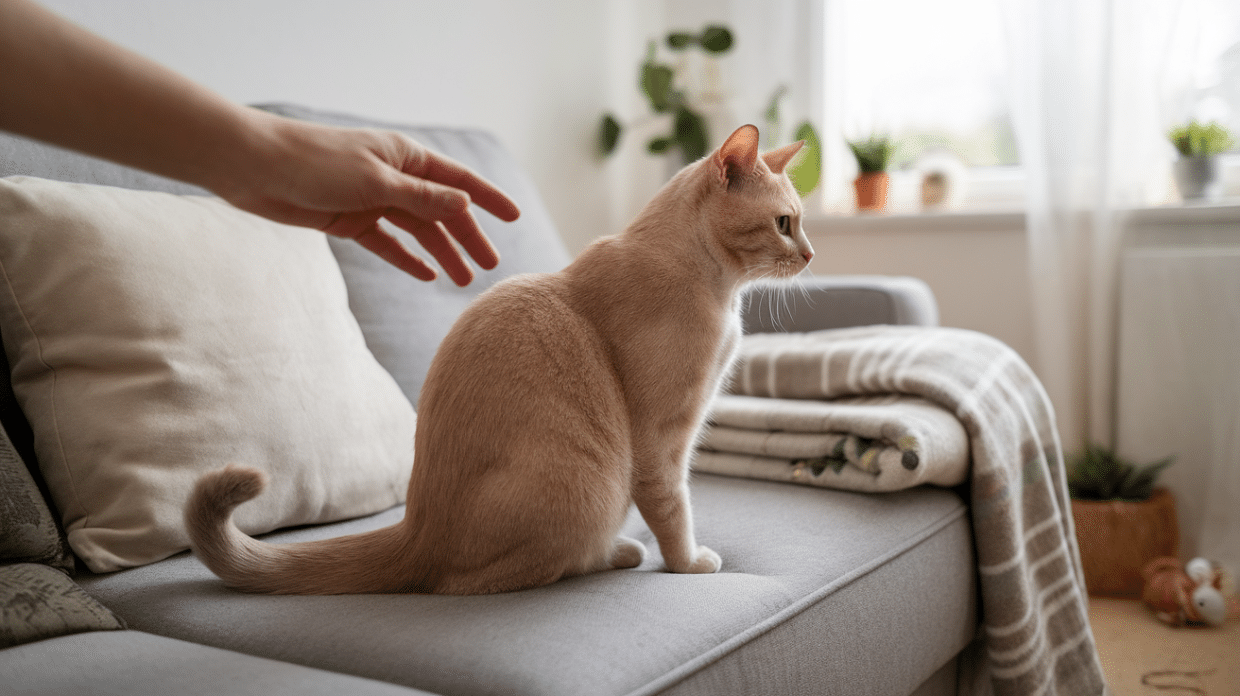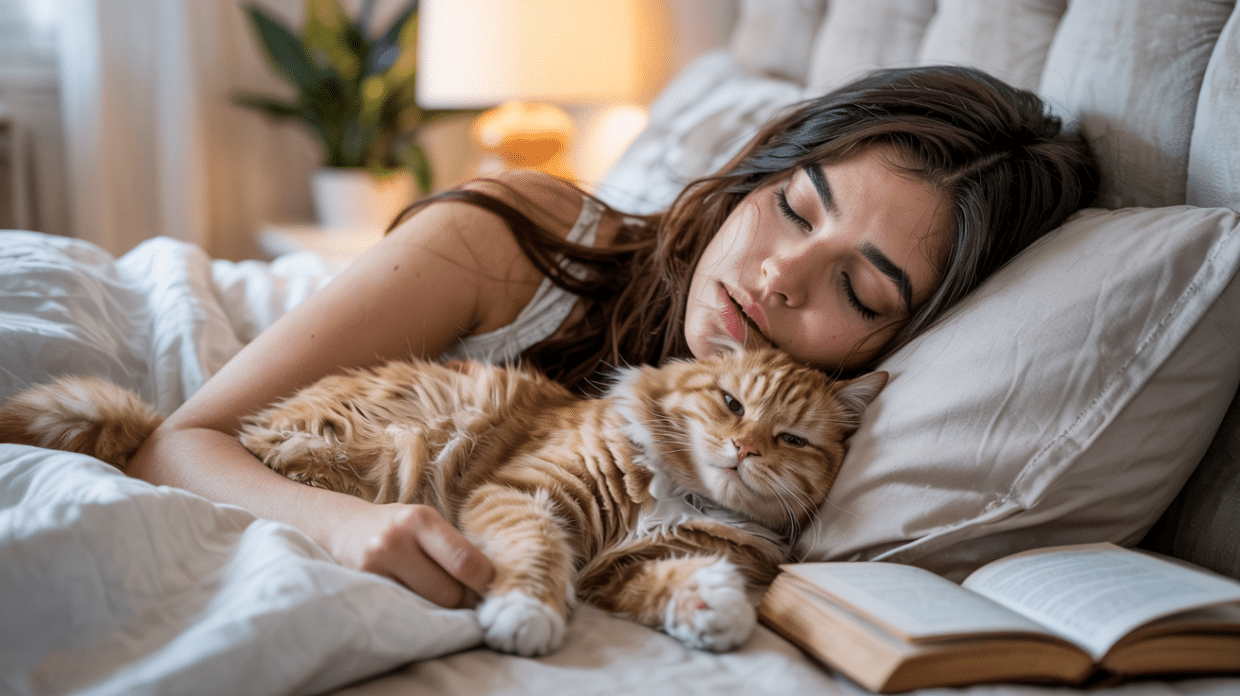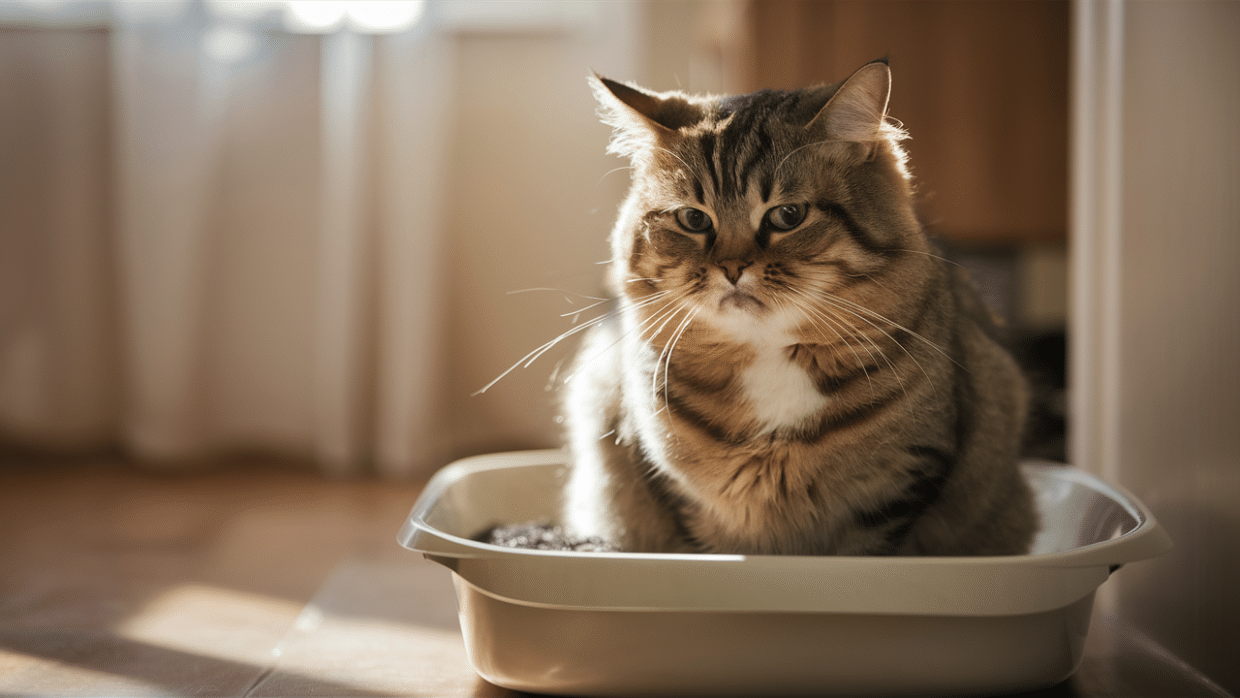Looking for a cat with a unique coat pattern and an interesting personality? Meet the Torbie!
These special cats combine the colorful tortoiseshell patches with the classic tabby stripes, creating a one-of-a-kind look. Many people confuse them with calicos or regular tortoise shells, but Torbies have their own special traits.
In this blog, we’ll cover everything you need to know about Torbie cats, from their looks and personalities to care tips and health advice.
If you’re a cat lover or thinking about adopting, this guide will help you understand what makes Torbies so unique and why they might be the perfect fit for your home.
Keep reading to find out more!
What is a Torbie Cat
A torbie cat combines two well-known coat patterns: the tortoiseshell and the tabby.
These cats show the random orange and black patches from tortoiseshell genetics and the stripes, swirls, or spots that make up tabby markings.
This mix creates a complex, multi-colored coat that can include browns, blacks, oranges, and creams with tabby stripes running through the patches.
The name “torbie” itself is a mix of the words “tortoiseshell” and “tabby,” which perfectly describes what these cats are. Many people mix up torbies with calicos or regular tortoise shells.
The main difference is that calicos have white in their coat (along with orange and black). While tortoise shells only have orange and black patches without the tabby stripes that torbies show.
Another point of confusion is that some folks call torbies “patched tabbies” or “tortie tabbies.” All these names mean the same thing: a cat with tortoiseshell and tabby patterns.
Most torbies are female because of the genetics that create the tortoiseshell portion of their coat, which is linked to the X chromosome.
Males with torbie patterns are very rare and often have genetic conditions.
Physical Traits of Torbie Cats
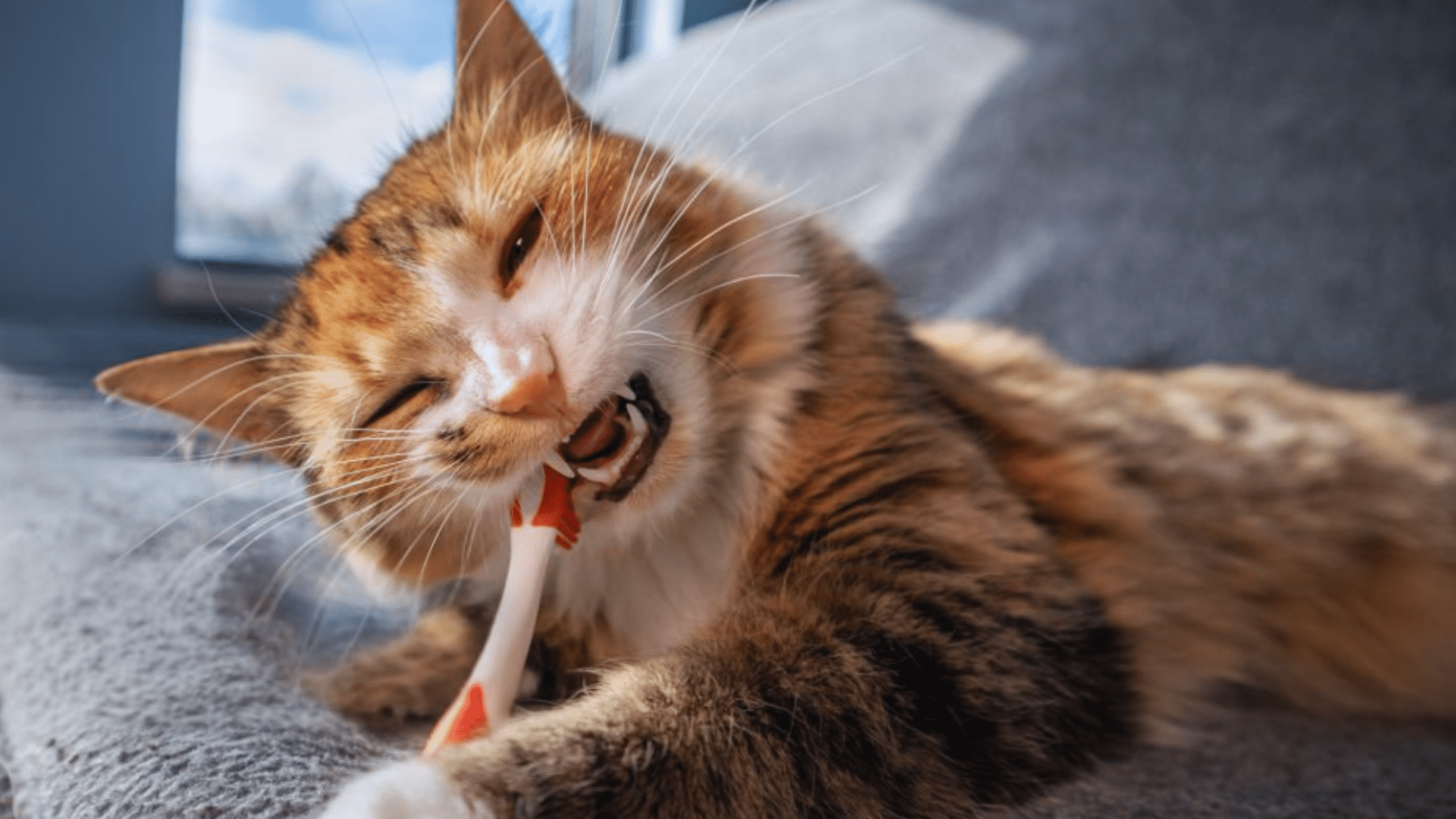
Torbie cats have truly striking coats that mix two distinct patterns.
The base coat shows the classic tortoiseshell blend of orange and black patches, forming a random, mottled look.
What makes a torbie special are the tabby markings within these patches.
The tabby part of a torbie’s coat can take several forms:
- Stripes or bands that run across the body
- Swirls that create a marbled look
- Spots or dots spread across the coat
- A clear “M” shape on the forehead
Most torbies have dark stripes on their legs and a ring around their tails. Their faces often show the typical tabby mask with lines around the eyes and the distinct “M” mark on the forehead.
The mix of colors can include:
- Dark brown or black
- Various shades of orange, rust, and amber
- Cream or tan areas
- Sometimes, hints of gray
The patches aren’t even or planned – each torbie has a unique pattern. Even kittens from the same litter will have very different looks.
Torbies’ eye colors tend to be copper, gold, or green, though some may have blue eyes or even odd eyes (each a different color).
Torbie Cat Personality and Behavior
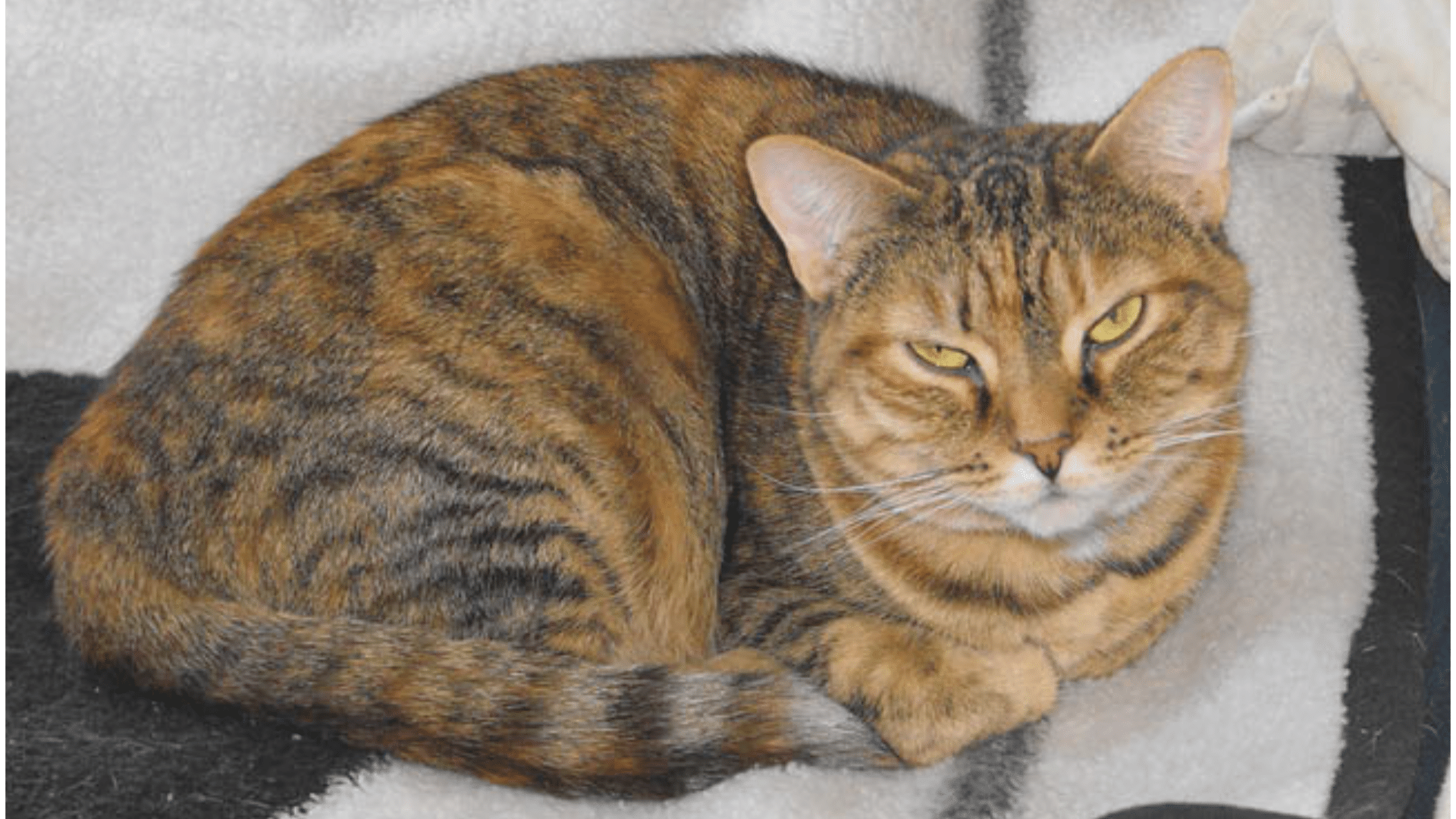
Torbie cats combine intelligence with playfulness, making them lively companions.
These mixed-pattern cats tend to be smart and active while maintaining a good balance of social and independent behavior.
Most torbies show affection on their terms – seeking attention when they want it and valuing alone time. They’re often quite vocal, using different sounds to communicate their needs to their owners.
Torbies can show a stubborn streak when they want something. A common quirk is their love for high places. Many Torbie owners find their cats perched on top of furniture to survey their surroundings.
While each cat has its unique character shaped by its experiences, these traits are often seen in torbie cats and contribute to their appeal as pets.
Health and Lifespan of Torbie Cats
Torbie cats typically live 12-16 years, on par with most domestic cats. Their health isn’t linked to their coat pattern but to their breed background.
Common health issues include dental problems, kidney disease, obesity, diabetes, and heart conditions as they age.
Genetic background matters – torbies with Persian ancestry might have breathing issues, while those with Siamese genes could face respiratory problems.
Indoor cats generally live longer by avoiding outdoor dangers like traffic and diseases.
Regular vet visits, proper diet, and maintaining a healthy weight are key factors that help extend a torbie’s life. Early problem detection through yearly checkups is crucial for their long-term health.
Torbie Cats: Rarity and Popularity
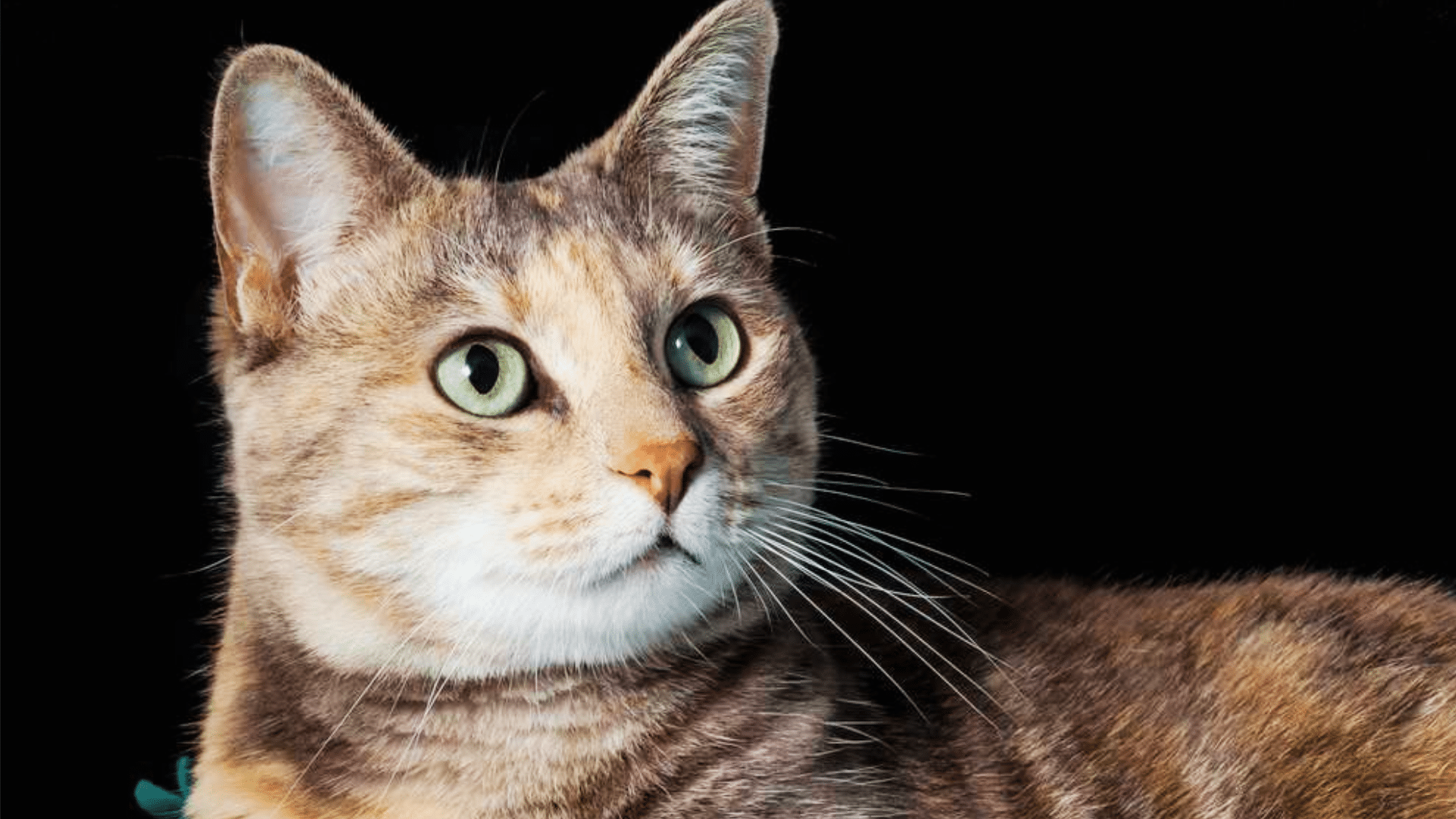
Torbie cats aren’t rare in the genetic sense, but they’re less common than some other coat patterns. This is because the Torbie pattern needs specific genetic combinations.
A torbie cat must have the tabby pattern genes and the tortoiseshell coloring genes working together.
Most Torbie cats are female. This happens because the tortoiseshell pattern, part of the Torbie look, usually only appears in female cats.
Male torbies do exist, but are much less common. They need an extra X chromosome (making them XXY instead of XY), which is a genetic oddity that doesn’t happen often.
Torbie cats can be found fairly regularly in animal shelters, though they might not always be labeled as “torbies.” Sometimes, they’re listed as tabbies or tortoiseshells, which can make it seem like there are fewer of them.
Shelter workers might not always use the specific “torbie” term. The good news for people who like these cats is that they’re not hard to find as pets despite not being the most common pattern.
Local shelters and rescue groups often have torbie cats looking for homes. Their interesting mix of colors and patterns is gaining more fans as people learn about this special coat type.
Social media has helped make Torbie cats more popular in recent years, with many cat lovers sharing photos of their unique coat patterns online.
This increased visibility has led more people to look for these distinctively marked cats when choosing a pet.
Care Tips for Torbie Cats
Torbie cats need similar care to other domestic cats, with a few helpful tips to keep them healthy and happy. Their care focuses on good nutrition, proper grooming, and regular health checks.
Feeding:
- Provide high-quality cat food with meat as the main ingredient.
- Adult Torbies need about 1/2 to 3/4 cups of dry food daily, split into two meals.
- Always keep fresh water available.
- Watch their weight to prevent obesity-related health issues.
Grooming:
- Short-haired Torbies need brushing once a week to remove loose fur and reduce hairballs.
- Long-haired Torbies need 2-3 brushes weekly to prevent matting.
- Regular brushing keeps their mixed coat colors looking nice.
Litter Box:
- Set up a clean, quiet litter box and clean it daily.
- Most cats prefer unscented, clumping litter.
Play and Exercise:
- Provide scratching posts, toys, and climbing spots.
- Engage in interactive play with feather wands or laser pointers for 15-20 minutes daily.
Vet Care:
- Schedule regular vet checkups once a year to catch health issues early.
- Stay on top of shots and parasite control.
Nail Care:
- Trim nails every few weeks to prevent furniture damage and avoid painful claws.
Mental Health:
- Provide places to climb, hide, and watch their surroundings.
- Window perches are popular with Torbies, as they enjoy observing the outside world.
Conclusion
Torbie cats stand out in the cat world with their mix of tortoiseshell patches and tabby markings.
These cats offer striking looks and smart, playful personalities that make them wonderful pets.
While not the most common pattern, torbies can be found in many shelters, often just waiting for someone to notice their special coat.
With proper care, including good food, regular grooming, and yearly vet visits, your torbie can be a happy, healthy companion for 12-16 years.
If you’re looking for a cat with character and beauty, a torbie might be the perfect match for your home and heart.

